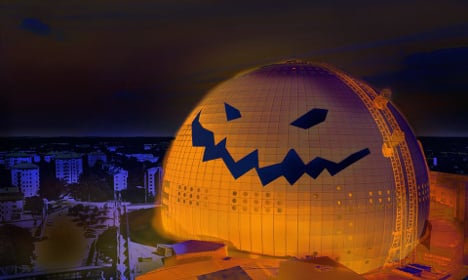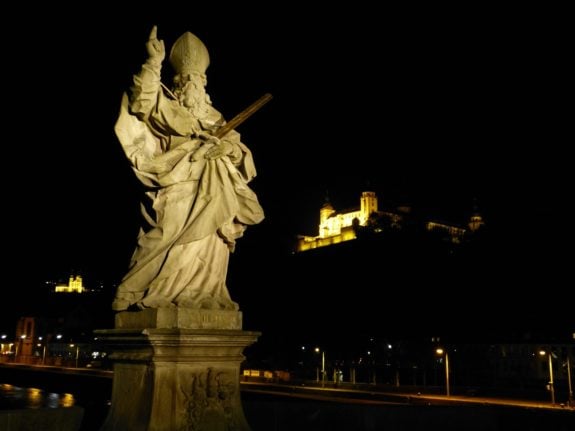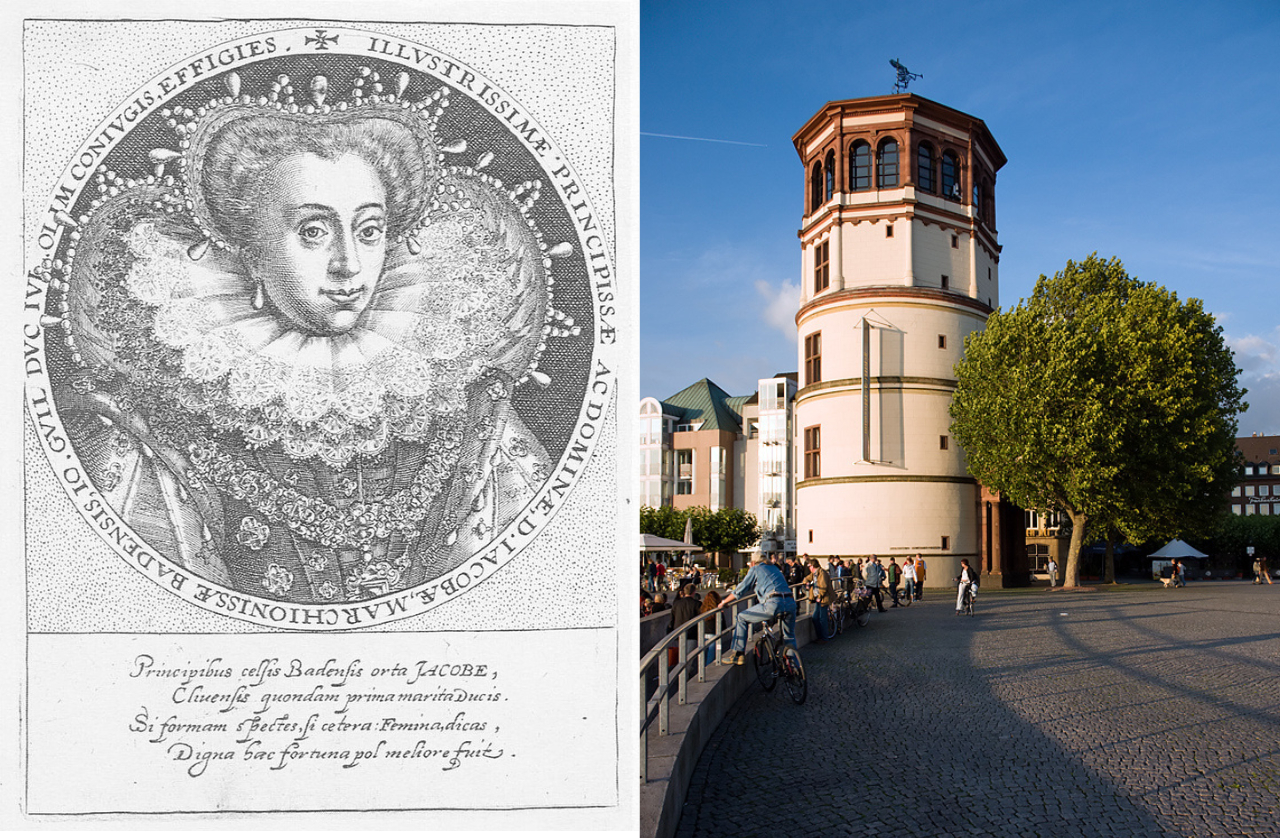Halloween is a relatively young tradition in Sweden, with few people celebrating it until the 1990s.
But the festival is gradually becoming an annual event here as Swedes slowly embrace scary costumes, cobweb decorations and group get-togethers.
"The potential for Halloween to grow in Sweden is huge but you can't compare it to how it's celebrated elsewhere just yet," American Bill Schacht tells The Local.
Originally from New York, Schacht is a huge Halloween enthusiast who has experienced his home city's annual Village Halloween Parade many times over. The parade has been running for forty years and draws a crowd of two million spectators.
Missing the autumn party atmosphere, Schacht started Shockholm in 2011 – the first Halloween parade around the Swedish capital, with residents invited to dress up and join the procession.
Held on November 1st, this year it starts at Kungsträdgården (the King’s Garden) at 3pm and continues around the city for two hours. Schacht says the parade is this season's answer to the Pride Parade held in the summer.
As well as the costume-packed walk there will be entertainment on stage. Schacht doesn't want to reveal exactly what the latter will involve but says he has high hopes for it being even better than in previous years.
The audience will get to vote on the best costume of the competition, which will be announced at the end of the parade when a prize ceremony will be held for the lucky winner.

A glimpse into last year's celebration at Kungsträdgården in Stockholm. Photo: Shockholm
Schacht says the concept combines charity, creativity, and sociability. This year's lead charity partner is Barncancerfonden (Child Cancer Fund), with representatives set to make an appearance at the Shockholm Ghost Toss.
In addition, Herr Stor Pumpa balls have also been created to be sold at the Halloween Pop Up store in Kungsträdgården. They cost 50 kronor ($6.78) and twenty percent will be donated to the charity.
"If we bake all that into a holiday, it becomes real special. We have the chance to define a tradition that can really last," he says.
Halloween started out as a religious event thousands of years ago in Britain and other parts of Europe.
The pre-Christian Celtic Festival of the Dead was held at the end of summer, when people believed the barrier between earth and another world where spirits and ghosts lived started to thin and evil creatures could end up coming into contact with humans.
Later, the day became known in the Christian calendar as All Hallows' Eve – the day before All Saints' Day on November 1st.
Irish immigrants to the United States raised the popularity of Halloween in the 19th century and the festival eventually turned into a family event and a huge commercial enterprise there.
Critics of Halloween argue that it is wrong to joke about ghosts and spirits and that the festival spreads an anti-Christian message.
Schacht says he prefers not to dwell on the more gruesome side of Halloween and says people should focus on the cultural and charitable aspects of the holiday. In the US, Halloween is a time for giving.
"There's so much going on in the world which is unpleasant, which is why we don't focus on the horror aspect of Halloween – we focus on happy horror and extreme creativity."
Two thousand people took part in the event in 2013 and each year the number of attendees doubles.
"I purposely built it word-by-mouth because I wanted people who cared to be involved from the beginning. Now I open it up to everyone else to enjoy and co-create with us," says Schacht.

Founder Bill Schacht at the parade last year. Photo: Shockholm
Kulturhuset, Stadshuset, Kungsträdgården, and Globen are some of the partners Schacht is working with. Kulturhuset (the House of Culture) is a cultural hub, vital to the city of Stockholm, hosting contemporary cultural events such as photo exhibitions, stories for kids, concerts, literary discussions. Without the approval of Stadshuset (the City Hall), Schacht wouldn't have been able to initiate Shockholm.
For three years, Schacht has been trying to turn Globen, one of Stockholm's iconic landmarks as well as the world's largest spherical building, into a giant pumpkin. And he has now succeeded, after Stadshuset approved his request earlier this year.
"It's nothing more than spreading positive energy to the city. The project, Herr Stor Pumpa, is an indication for everyone to get creative for the parade on Saturday."
Chefs and restaurants are also getting involved this weekend, serving Halloween-themed foods designed to showcase how creative and tasty Stockholm can be. There is an exhibition held at Hallwylska Museum, this year displaying over 50 pieces from 12 different creative individuals.
"We need a holiday and a celebration to look forward to – we have enough cold, dark, and gray Saturdays," says Schacht.
Words by Mimmi Nilsson





 Please whitelist us to continue reading.
Please whitelist us to continue reading.
Member comments